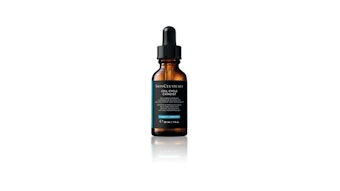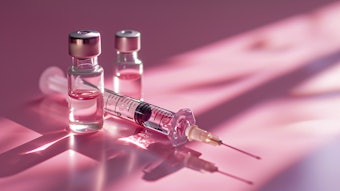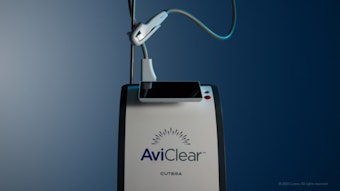
While oral minoxidil is not currently FDA approved, its popularity as a hair loss treatment is growing. Physicians are increasingly prescribing it to patients to achieve hair growth results compared to the traditional FDA-approved topical minoxidil.
Related: [Hair Growth] Vitamin D + Minoxidil Superior to Monotherapy
A study published in the Journal of the European Academy of Dermatology & Venereology (January 2020) by Andy Goren, M.D. (Professor of Dermatology at the University of Rome), et al., demonstrated that oral minoxidil increases hair growth in men and women at a high rate. However, as with topical minoxidil, not every patient responds to the oral version. A new test has been developed to determine if a person will respond to both oral and topical minoxidil.
The Minoxidil Response Test (MRT) was developed by Daniel Alain Labs and can help patients ascertain if they are viable candidates for oral as well as topical minoxidil. According to Dr. Goren and the authors of the study, “Oral minoxidil is not a drug in a traditional sense. It needs to be activated to work in the human body i.e., either to re-grow hair. What we discovered, is that the activation of oral minoxidil for hair growth occurs in the scalp, not the liver; thus, for oral minoxidil to work for hair re-growth a person has to have sufficient amount of the SULT1A1 (an enzyme that allows regrowth) in their hair. That is what the paper demonstrated and that is what the Minoxidil Response Test (MRT) can help patients learn if they will respond to oral minoxidil as well as topical minoxidil.”
Related: Flutamide Enhances Efficacy of 5% Minoxidil in Androgenetic Alopecia
Key insights about the Minoxidil Response Test:
- Minoxidil only works for 30-40% of women and 50% of men. It can also take 6-9 months for results to show, meaning a patient does not know if it will actually be effective until months down the road.
- The Minoxidil Response Test is able to confirm if minoxidil will be an effective treatment for a patient within 7-14 days.
- The test determines if a patient has the necessary SULT1A1 enzyme present in their hair follicles, the necessary ingredient for creating the ideal scalp environment for minoxidil-based treatments to effectively regrow hair.
- SULT1A1 must be present in the hair follicles to convert minoxidil into its active form, minoxidil sulfate, and successfully regrow hair.











